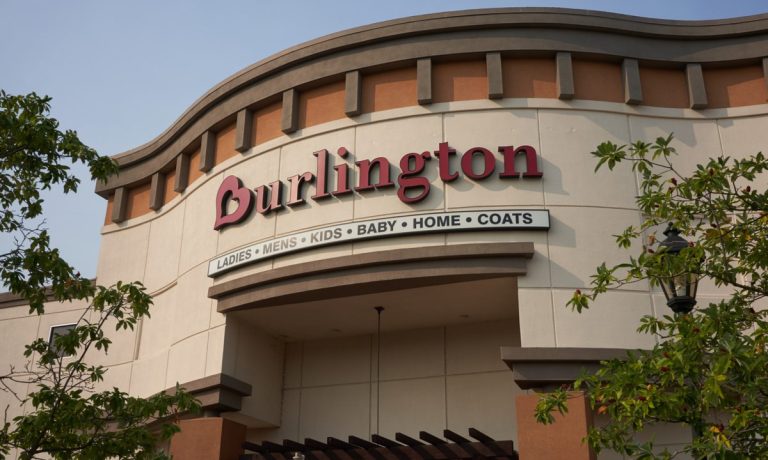Burlington: Sales Climb 11% as ‘All Income Groups’ Feel Pressure

Cost-conscious customers from all income levels are helping drive sales at Burlington Stores.
The off-price retailer saw its total sales increase by 11% during the first quarter of the year, according to earnings released Thursday (May 30).
Speaking during a call with analysts, CEO Michael O’Sullivan said the uptick came as consumers from “all income groups” were feeling pressured.
The company had an especially strong March and April, and O’Sullivan said that trend was driven by two factors, including low-income consumers having more cash on hand thanks to their tax refunds.
“In the last couple of years, that shopper has really come to appreciate Burlington as a great place to find value,” he told analysts. “So, it’s natural that they would come to us when they have some extra money to spend.”
The other factor, O’Sullivan said, is not connected to low-income consumers.
“When we look at selling, especially on better brands at higher price points, we believe that … we’re benefiting from more trade-down traffic in our stores,” he said. “And that’s helping to support our comp trend.”
Two years ago, O’Sullivan continued, it seemed as though moderate- to high-income consumers were insulated from inflation, perhaps due to excess savings.
“But we believe that now that demographic is also feeling the pinch,” he said on the call. “We think that’s good for us. It means that those customers are shopping off-price in search of value.”
Those consumers are increasingly living paycheck to paycheck, according to PYMNTS Intelligence’s “Paycheck-to-Paycheck Report: Why One-Third of High Earners Live Paycheck to Paycheck.” Sixty percent of consumers struggle to get by, with higher wages no longer offering much protection. Nearly half of consumers earning more than $100,000 per year said they are living paycheck to paycheck.
PYMNTS Intelligence has followed paycheck-to-paycheck data for nearly four years, with the latest findings showing that the percentage of consumers identifying as living paycheck to paycheck has risen 2 percentage points compared to last year.
Meanwhile, additional PYMNTS Intelligence research indicated there’s a recalibration of what consumers are spending and where.
That data showed that 20% of consumers said nonessential spending contributed to financial stress and instability, while 20% of paycheck-to-paycheck consumers said they expected savings to decrease this year.
For all PYMNTS retail coverage, subscribe to the daily Retail Newsletter.